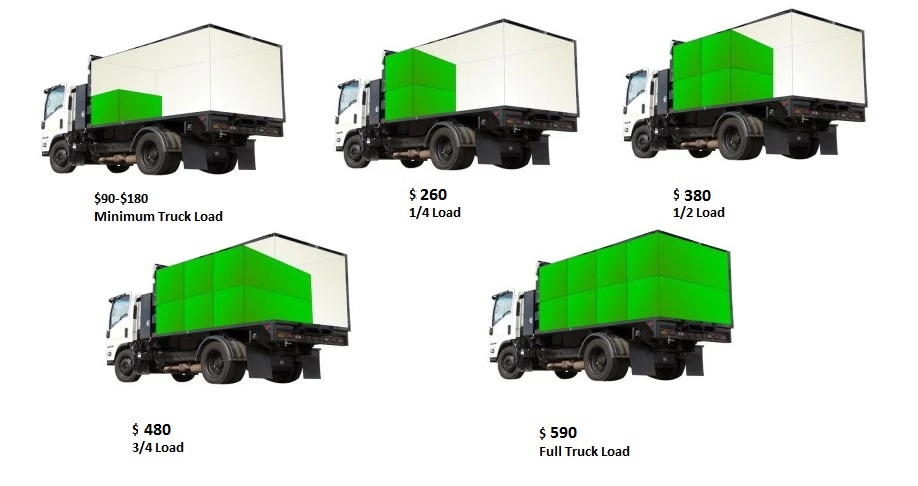The Ultimate Overview To Choosing The Appropriate Dumpster Size For Your Project
The Ultimate Overview To Choosing The Appropriate Dumpster Size For Your Project
Blog Article
Write-Up Created By-Matthiesen Hunter
When embarking on a task that needs a dumpster, the dimension you choose can greatly affect its performance and cost-effectiveness. Picture having the ideal container that fits all your waste without being exceedingly big or too little. It all beginnings with recognizing the subtleties of your job and choosing a dumpster dimension that aligns with your particular needs. So, prior to you choose, think about the variables at play to ensure a seamless waste monitoring process from beginning to end.
Elements to Consider
When picking the appropriate dumpster dimension, there are a number of key aspects to think about.
First, think of the sort of waste you'll be throwing away. Various products might require differing quantities of area, so comprehending what you'll be putting in the dumpster is important.
Next, assess check this site out of waste you expect to create. If you ignore the volume, you might require to make multiple journeys to deal with whatever, which can be troublesome and expensive. On the other hand, renting a dumpster that's too huge can result in unneeded costs.
Additionally, consider the room where the dumpster will certainly be put. Ensure there's enough room for the dumpster to be provided and gotten without any blockages.
Last but not least, consider any type of weight constraints that may apply. Surpassing the weight limitation can result in extra costs and even the refusal of service.
Dumpster Dimension Options
For choosing the appropriate dumpster size, it's important to have a good understanding of the available options. waste management dumpster vary from 10 to 40 cubic yards, with variations in between.
A 10-yard dumpster appropriates for small jobs like a garage cleanout or a little remodelling. If you're tackling a medium-sized job such as a kitchen remodel or a cellar cleanout, a 20-yard dumpster may be the appropriate option.
For bigger jobs like a whole-house remodelling or commercial building, a 30 or 40-yard dumpster could be better to suit the volume of waste produced.
When picking a dumpster size, think about the amount and type of particles you anticipate to dispose of. It's better to choose a slightly bigger dimension if you're unsure to prevent overfilling. Keep in mind, it's more cost-effective to rent out a dumpster that fits your requirements rather than having to buy an added one.
Matching Size to Job
Efficiently matching the dumpster dimension to your project is crucial for efficient waste monitoring. To establish the appropriate dimension, think about the extent and nature of your job.
For tiny house cleanouts or restorations, a 10-yard dumpster may be sufficient. These are typically 12 feet long and can hold around 4 pickup tons of waste.
For bigger projects like remodeling numerous areas or removing a huge estate, a 20-yard dumpster may be more suitable. These are around 22 feet long and can hold roughly 8 pickup tons.
If you're dealing with a major building job or business remodelling, a 30-yard dumpster could be the best fit. These dumpsters are about 22 feet long and can fit about 12 pickup truck loads of debris.
Matching the dumpster size to your project guarantees you have adequate room for all waste materials without paying too much for unused ability.
Verdict
To conclude, choosing the right dumpster dimension for your task is vital for effective garbage disposal. By taking into consideration variables like the type and amount of waste, room schedule, weight constraints, and budget restraints, you can guarantee you have the ideal size dumpster for your demands. See to https://smalldumpsterrentals10875.worldblogged.com/37335939/usual-errors-to-stay-clear-of-when-renting-out-a-dumpster to match the dimension of the dumpster to the range and nature of your project to avoid overspending on unneeded expenses.
